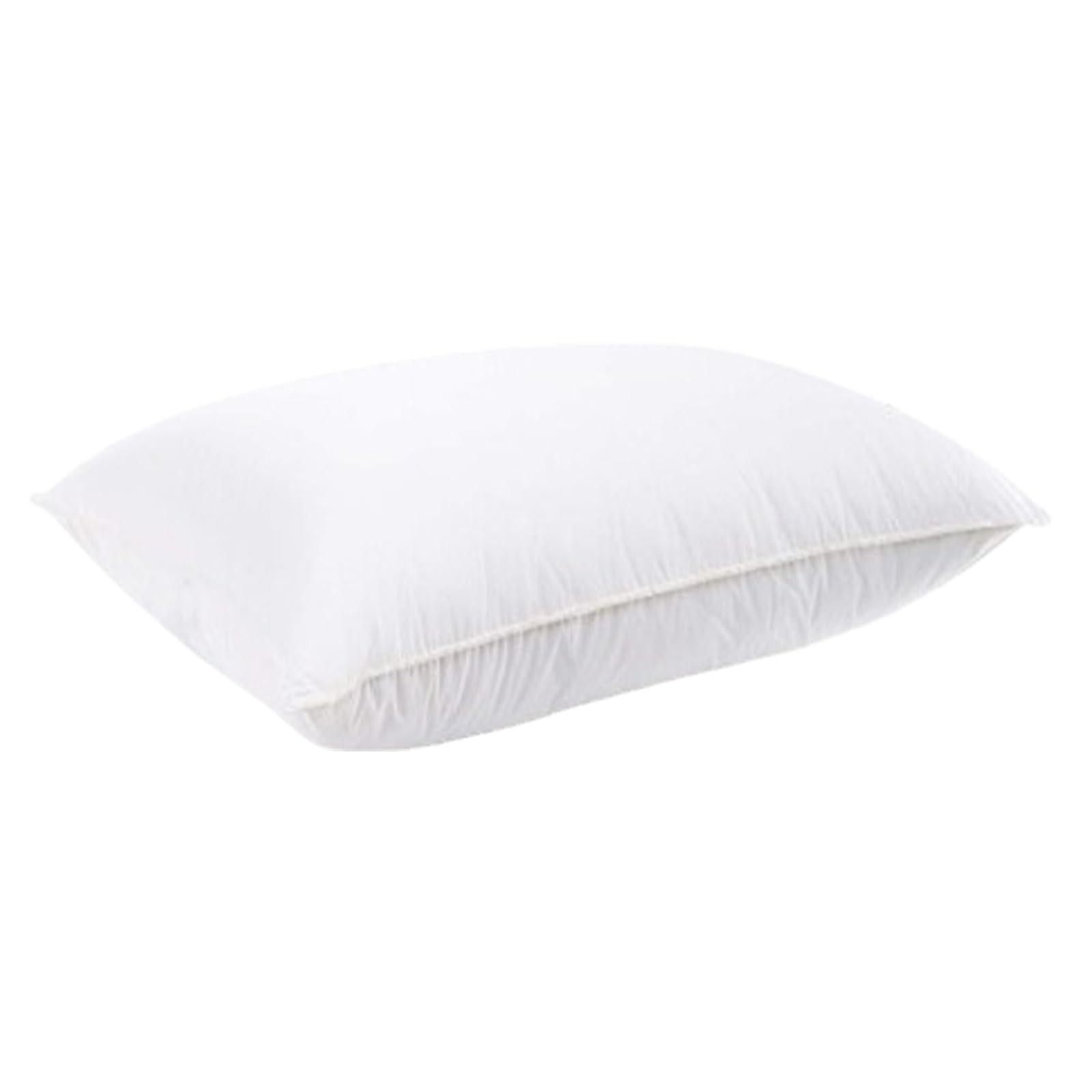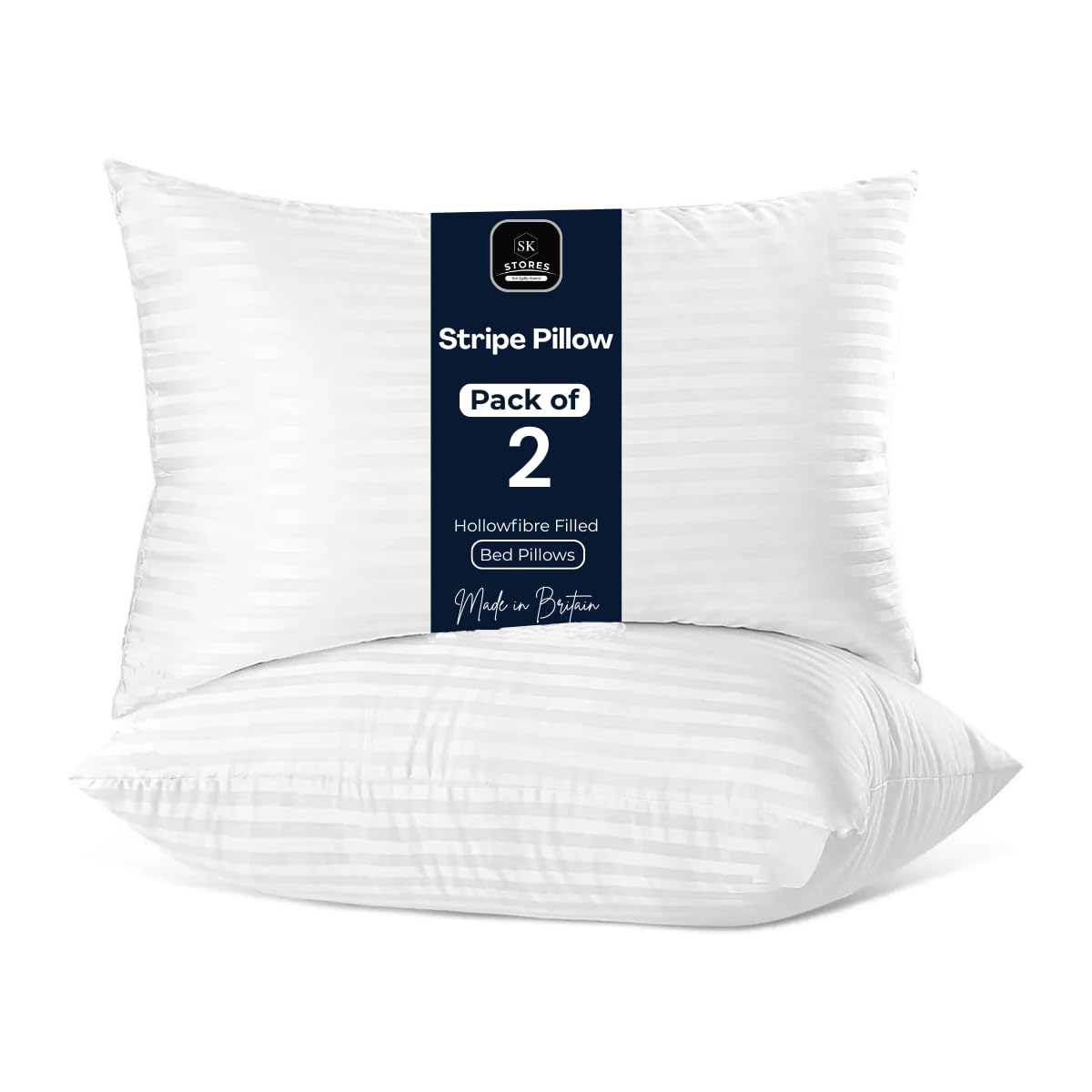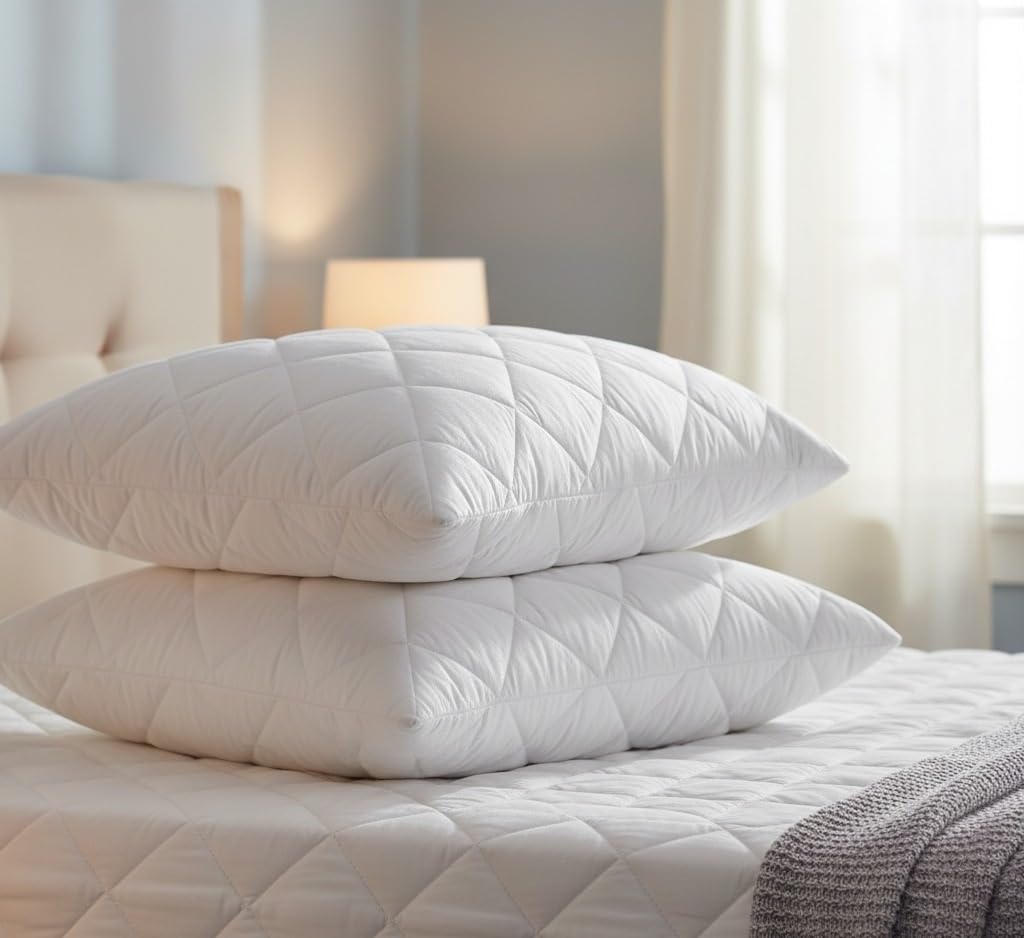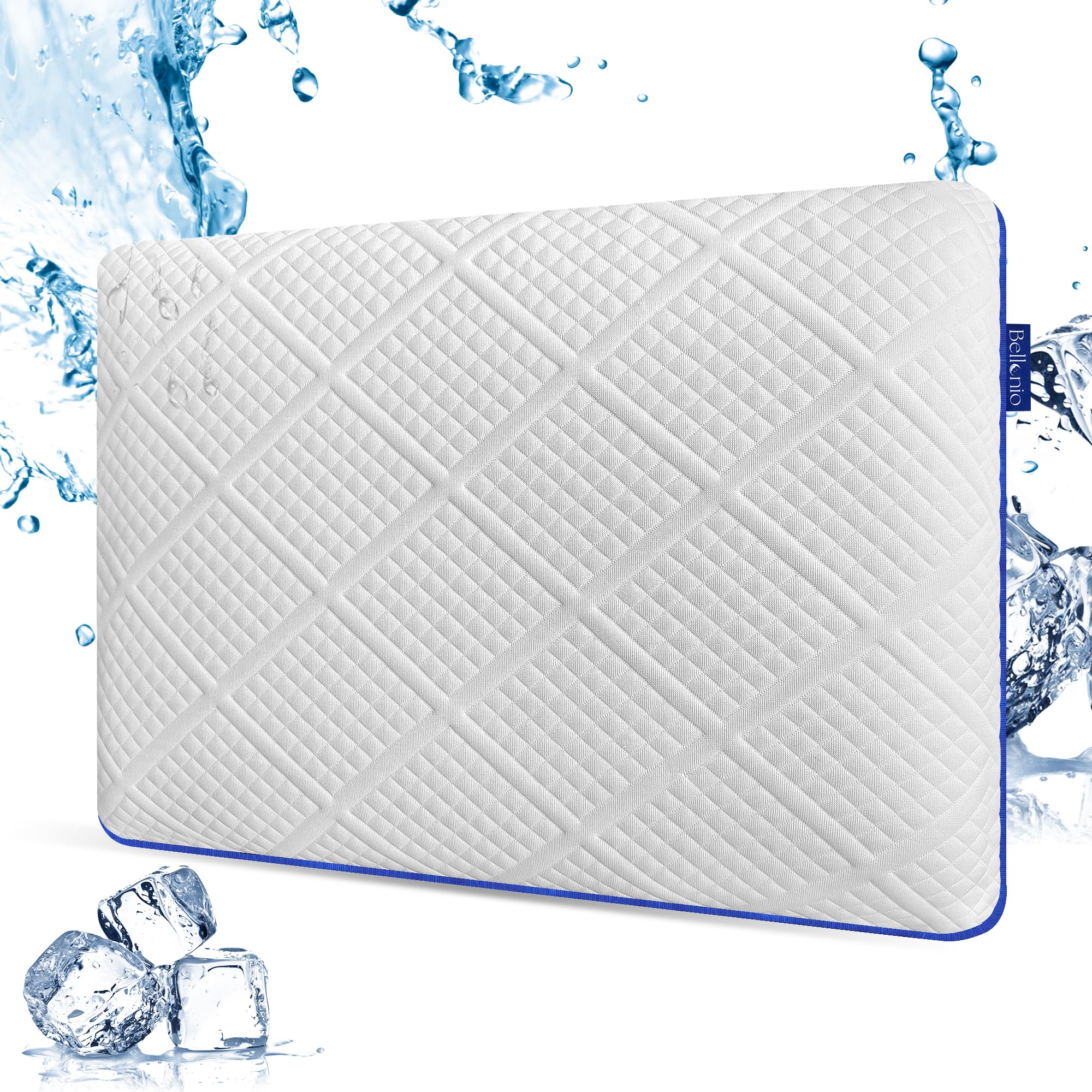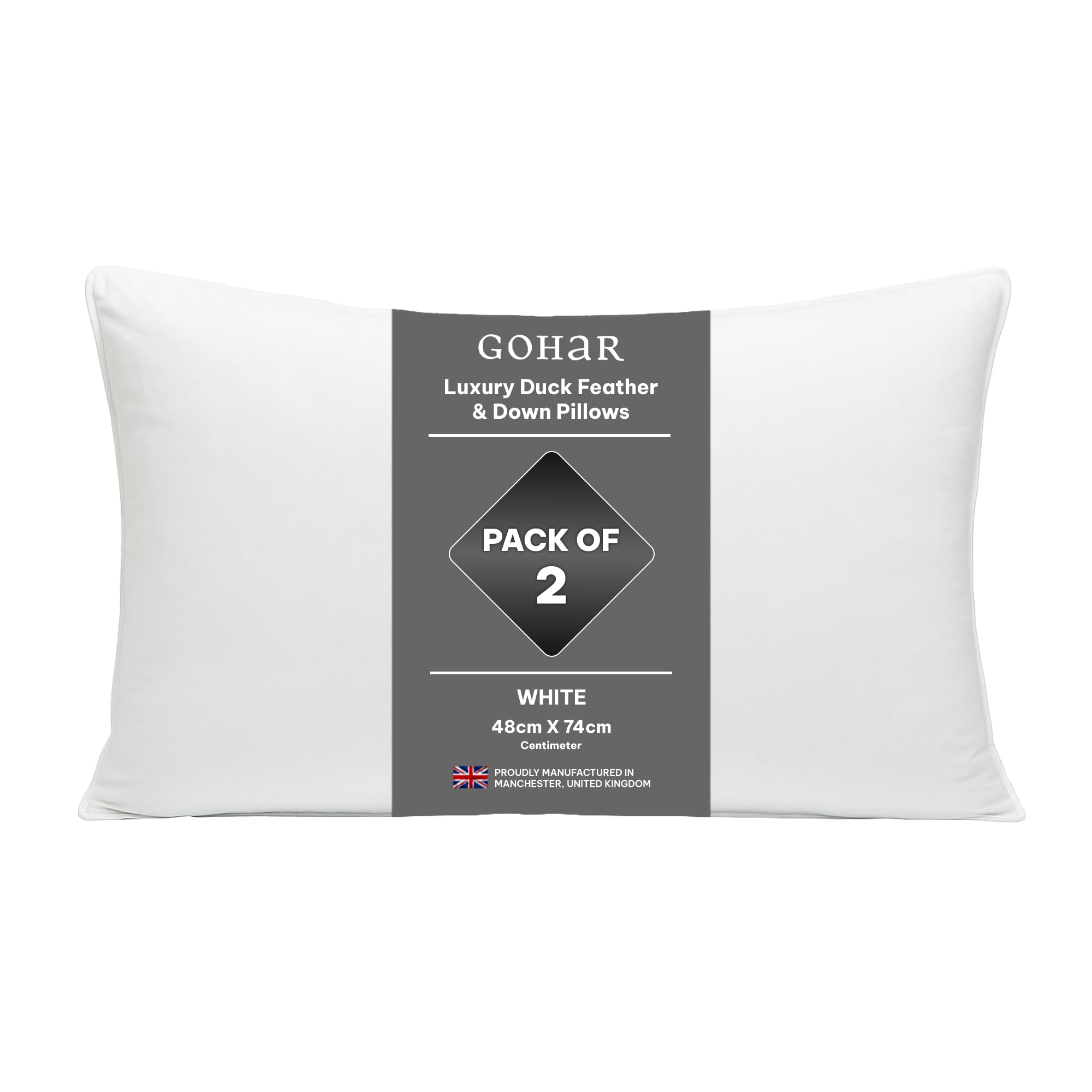Waking with shoulder pain can turn into a cycle of poor sleep and stiffness. Often the fix is not a single product but a few small tweaks to pillow height, edge use, and mattress feel so your shoulder can settle and your neck stays supported. This UK guide walks through practical adjustments for side sleepers and mixed sleepers that reduce pressure without forcing you to change everything at once.
Neck comfort starts with pillows matched to sleep position and consistent loft.
Check pillow height first
A pillow that is too high jams the shoulder by pushing the head up and in. Too low lets the head drop and compresses the lower shoulder. Aim for a neutral line from nose to sternum. Adjustable shredded foam pillows are helpful because you can remove a handful of fill until the neck relaxes and shoulder pressure eases.
Use the pillow edge
Place your head near the edge so your ear sits over a softer boundary. This reduces pressure on cartilage and allows the shoulder to settle slightly off the centre of the pillow. If your pillow is uniform, remove a little fill under the ear area while keeping the neck area fuller.
Support under the arm
A small pillow or folded towel under the top arm prevents the shoulder from rolling forward and straining the joint. This simple prop reduces upper back tension and keeps your chest open. Many side sleepers find pain eases within a few nights with this addition.
Consider the mattress surface
If the mattress is very firm, the shoulder cannot sink enough, which forces the pillow to carry more of the job. A breathable topper that softens the shoulder zone can let the joint settle while the pillow supports the neck. Latex or ventilated foam toppers often work well for this because they add give without trapping heat.
Try a gentle contour
Some side sleepers benefit from a subtle contour under the neck with a flatter area for the head. The contour supports the neck while reducing bulk under the ear. Choose a lower contour if the pillow feels tall. The goal is comfort, not a rigid hold.
Night habits and movement
Alternate sides if possible. If one shoulder is sore, avoid lying on it for long periods for a week while it calms. Use a body pillow to stabilise position. Keep the room cool so you do not toss and turn from heat, which can aggravate soreness.
When to seek advice
Persistent or worsening pain deserves professional input. A physiotherapist can assess shoulder mechanics and offer exercises that pair well with pillow and mattress adjustments. Pain from acute injury needs medical care before sleep tweaks can help.
Side‑sleeper pillows and breathable toppers that ease shoulder pressure feature in pillows and mattress toppers. Cooler beds with percale sheets help reduce night‑time movement.
FAQs
How do I stop shoulder pain at night?
Lower pillow loft slightly, use the pillow edge to reduce ear pressure, add a small support under the top arm, and consider a topper to soften a firm mattress.
Which pillow works best?
Adjustable foam or a gentle contour set a touch lower than you might expect. The aim is to let the shoulder settle rather than propping it up.
Should I change sides?
Yes, if one shoulder is sore. Use a body pillow to support a comfortable side position while the sore shoulder rests.
